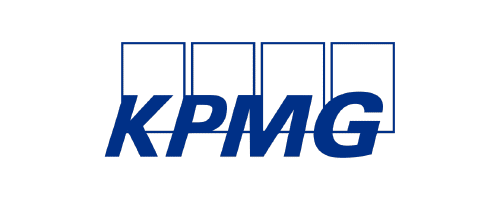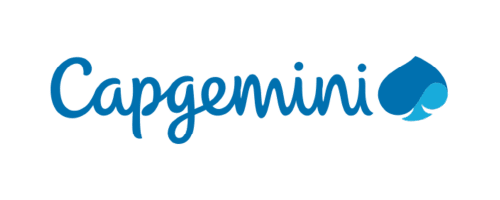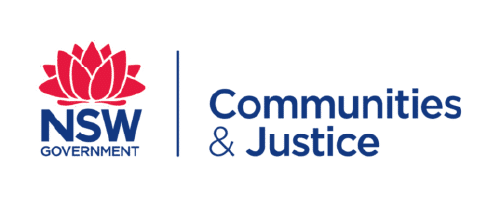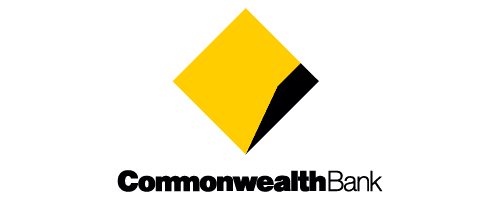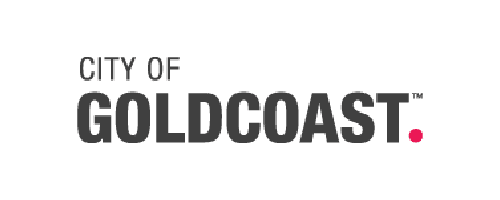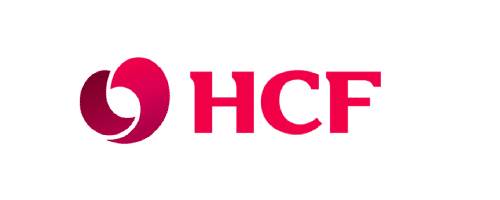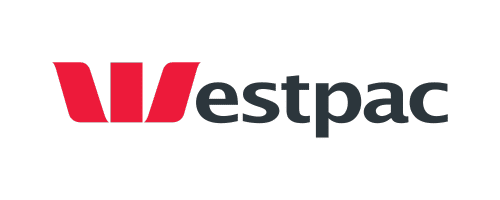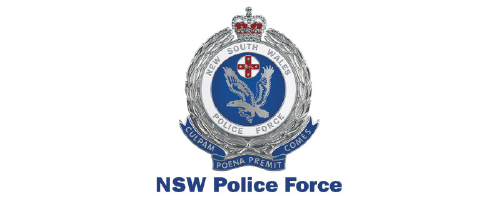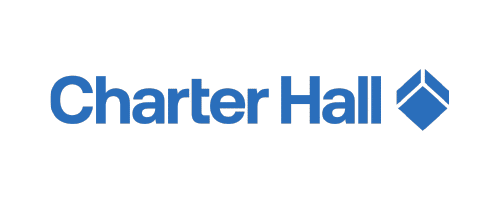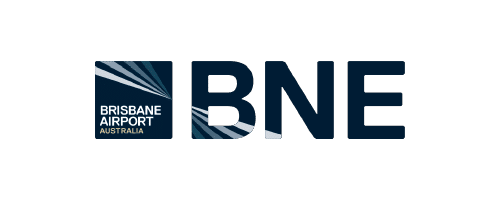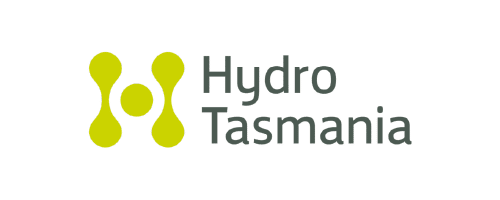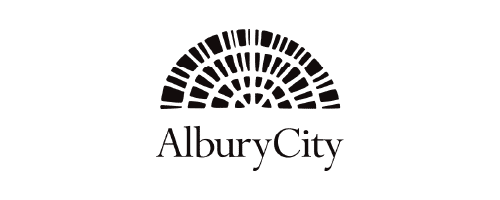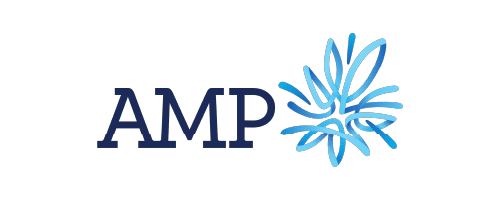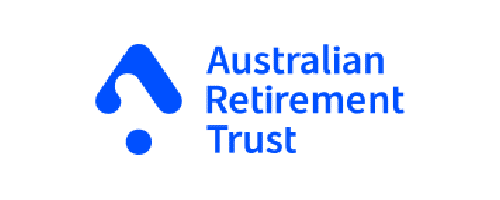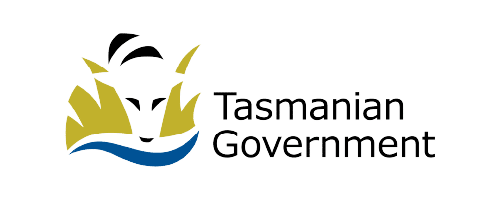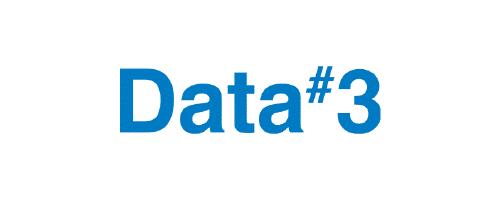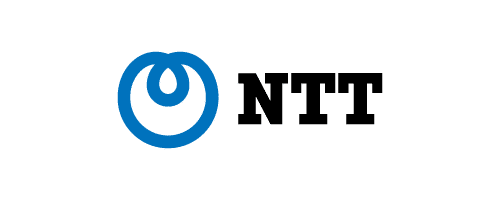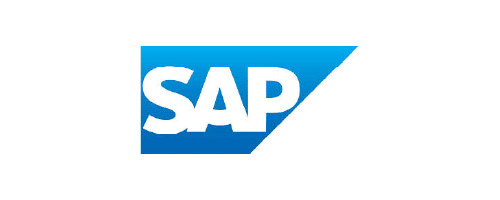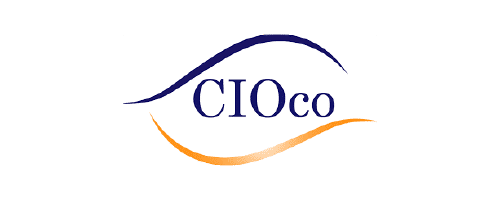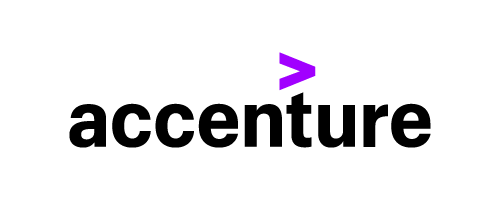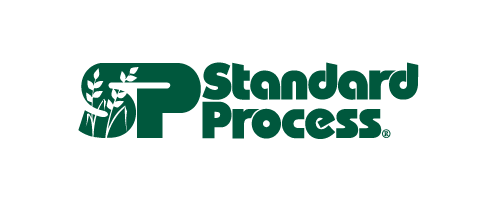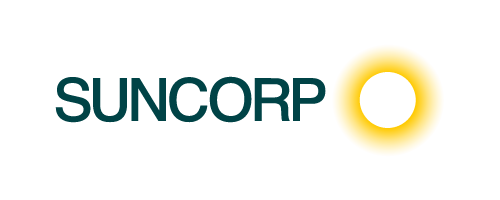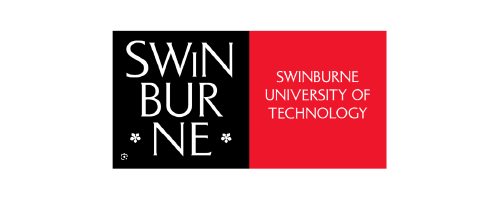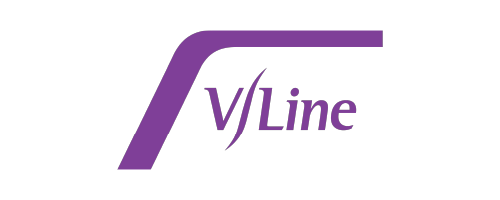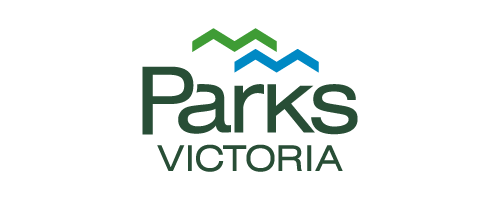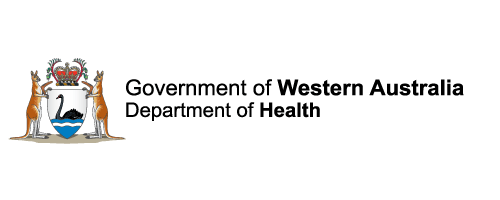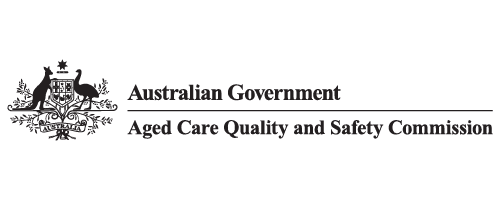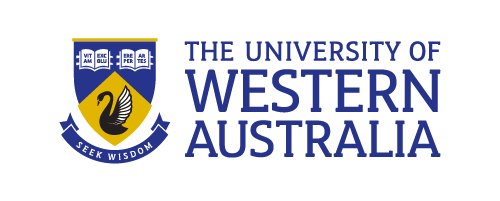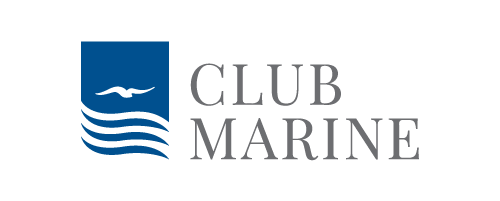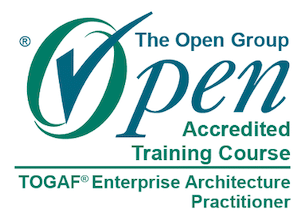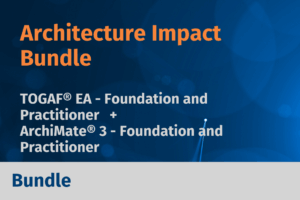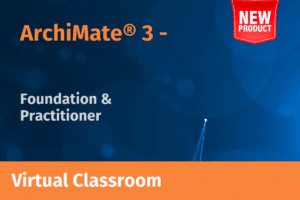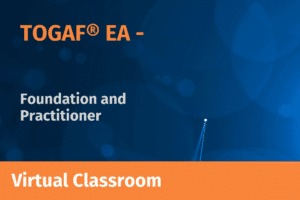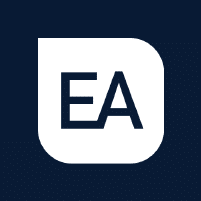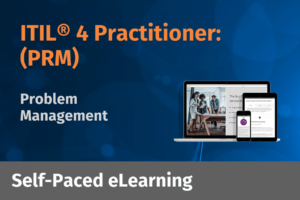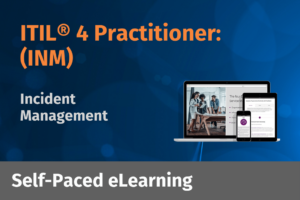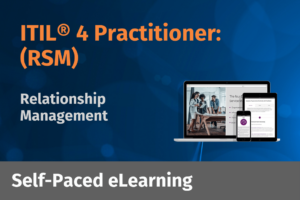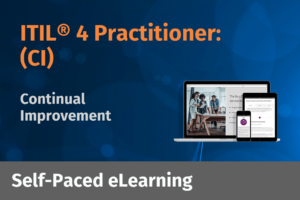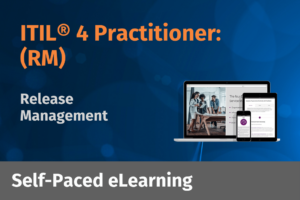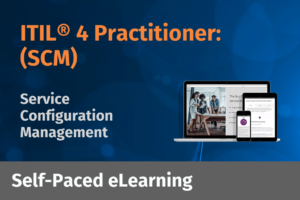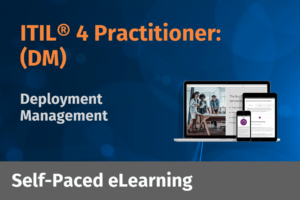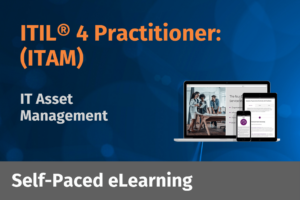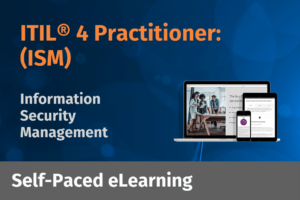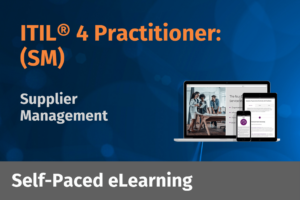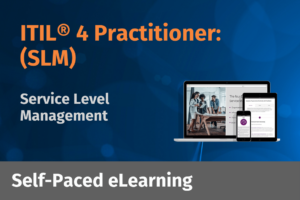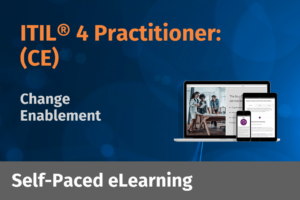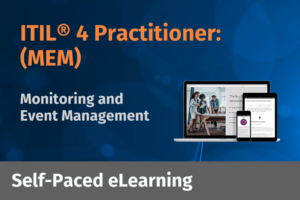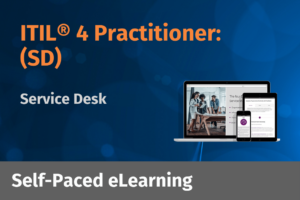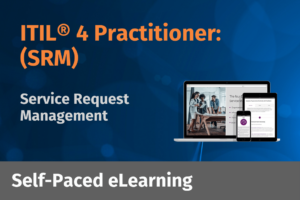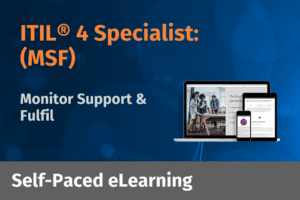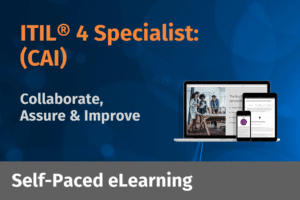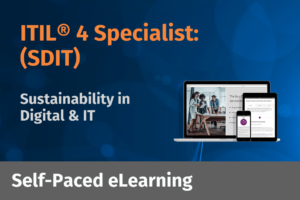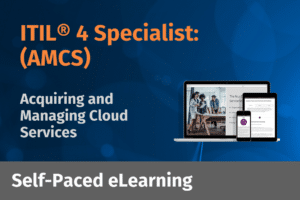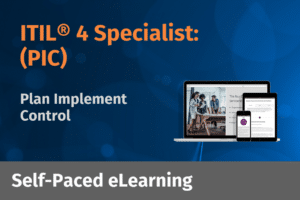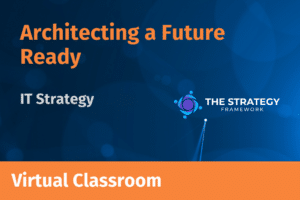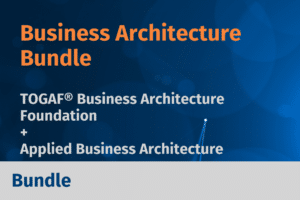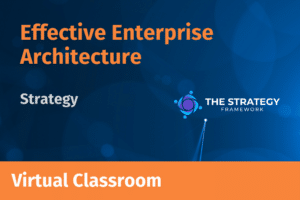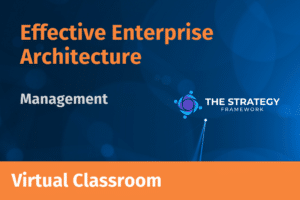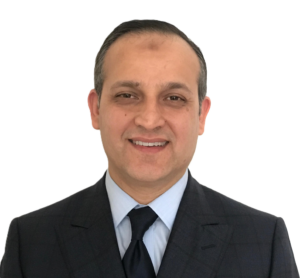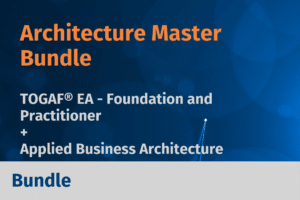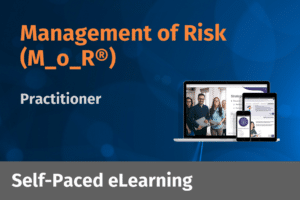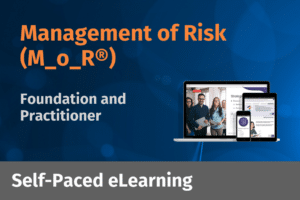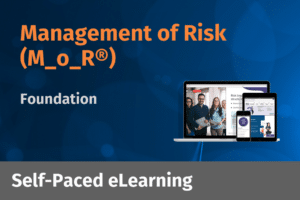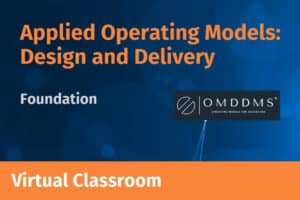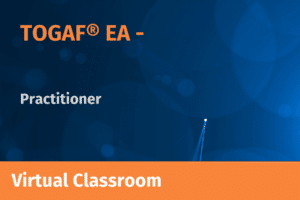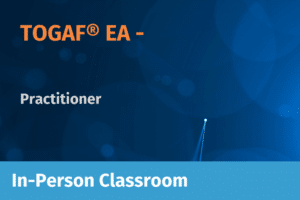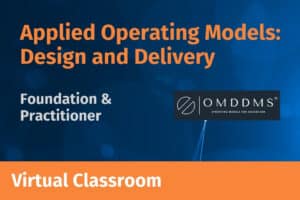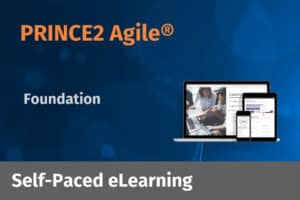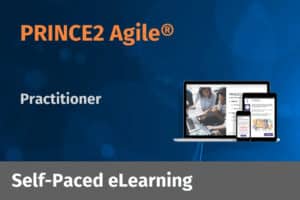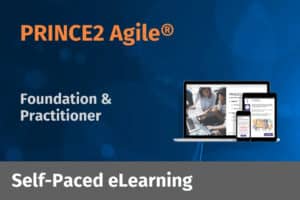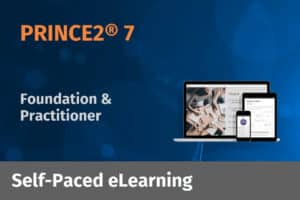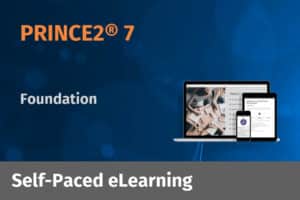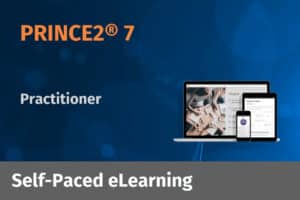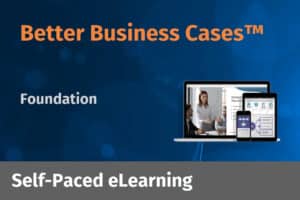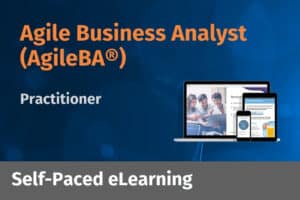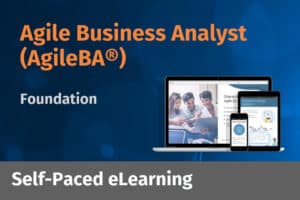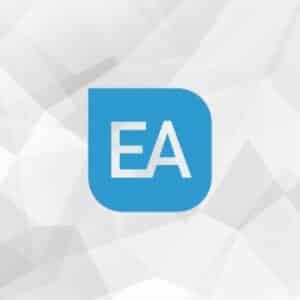Neville has a very friendly, positive energy and was equally welcoming to all class members regardless of their experience or level of vocal participation in the class. (Didn’t pick a favourite.) For most of the delivered content, Neville had relevant or relatable experience from his work history to draw on to illustrate the content and provide it with some colour and seasoning – this was an essential part of keeping us engaged and interested in the course material. He was also very good at taking questions and interruptions, skilfully bringing the conversation back to the main thread if it went astray. Finally, there was one day where I missed the first section of the training due to something out of my control, and Neville stayed back after the day’s training was finished to take me through the missed material individually. That was greatly appreciated. I feel like it was above and beyond the expectations in such a training course.
End-of-Year Sale – Save up to 25% on Select Classes – Visit our Offers page!
-
Enterprise & Business Architecture
- ArchiMate® 3 – Foundation and Practitioner
- Applied Business Architecture, Version 8
- TOGAF® EA (Standard, 10th Edition)
- Foundation and Practitioner
- Foundation
- Practitioner
- TOGAF® EA on Weekends
- TOGAF® EA – Practitioner Bridge
- TOGAF® Business Architecture – Foundation
- Effective Enterprise Architecture
- Management
- Strategy
- Architecting a Future Ready IT Strategy
- ArchiMate® 3 – Foundation and Practitioner
- Applied Business Architecture, Version 8
- TOGAF® EA (Standard, 10th Edition)
- Foundation and Practitioner
- Foundation
- Practitioner
- TOGAF® EA on Weekends
- TOGAF® EA – Practitioner Bridge
- TOGAF® Business Architecture – Foundation
- Effective Enterprise Architecture
- Management
- Strategy
- Architecting a Future Ready IT Strategy
Business Analysis & Operations
Business Transformation
- Agile Programme Management (AgilePgM®) Foundation
- PRINCE2®
- 7 Foundation & Practitioner – Instructor-Led
- 7 Foundation & Practitioner – eLearning
- 7 Foundation – Instructor-Led
- 7 Foundation – eLearning
- 7 Practitioner – Instructor-Led
- 7 Practitioner – eLearning
- PRINCE2 Agile®
- Foundation & Practitioner
- Foundation
- Practitioner
- Agile Programme Management (AgilePgM®) Foundation
- PRINCE2®
- 7 Foundation & Practitioner – Instructor-Led
- 7 Foundation & Practitioner – eLearning
- 7 Foundation – Instructor-Led
- 7 Foundation – eLearning
- 7 Practitioner – Instructor-Led
- 7 Practitioner – eLearning
- PRINCE2 Agile®
- Foundation & Practitioner
- Foundation
- Practitioner
Management & Governance
- Management of Risk (M_o_R®)
- Foundation & Practitioner
- Foundation
- Practitioner
- ITIL® 4 Foundation
- Awareness
- Foundation
- ITIL® 4 Specialist
- Acquiring & Managing Cloud Services (AMCS)
- Create, Deliver & Support (CDS)
- Collaborate, Assure & Improve (CAI)
- Drive Stakeholder Value (DSV)
- High Velocity IT (HVIT)
- Monitor Support & Fulfil (MSF)
- Plan, Implement & Control (PIC)
- Sustainability in Digital & IT (SDIT)
- ITIL® 4 Practitioner
- Change Enablement (CE)
- Continual Improvement (CI)
- Deployment Management (DM)
- Incident Management (INM)
- Information Security Management (ISM)
- IT Asset Management (ITAM)
- Monitoring and Event Management (MEM)
- Problem Management (PRM)
- Relationship Management (RSM)
- Release Management (RM)
- Service Configuration Management (SCM)
- Service Desk (SD)
- Service Level Management (SLM)
- Service Request Management (SRM)
- Supplier Management (SM)
- ITIL® Strategist
- Strategist: Direct, Plan & Improve (DPI)
- ITIL® 4 Leader
- Leader: Digital & IT Strategy (DITS)
- COBIT®
- 2019 Foundation
- 5 Foundation
- Management of Risk (M_o_R®)
- Foundation & Practitioner
- Foundation
- Practitioner
- ITIL® 4 Foundation
- Awareness
- Foundation
- ITIL® 4 Specialist
- Acquiring & Managing Cloud Services (AMCS)
- Create, Deliver & Support (CDS)
- Collaborate, Assure & Improve (CAI)
- Drive Stakeholder Value (DSV)
- High Velocity IT (HVIT)
- Monitor Support & Fulfil (MSF)
- Plan, Implement & Control (PIC)
- Sustainability in Digital & IT (SDIT)
- ITIL® 4 Practitioner
- Change Enablement (CE)
- Continual Improvement (CI)
- Deployment Management (DM)
- Incident Management (INM)
- Information Security Management (ISM)
- IT Asset Management (ITAM)
- Monitoring and Event Management (MEM)
- Problem Management (PRM)
- Relationship Management (RSM)
- Release Management (RM)
- Service Configuration Management (SCM)
- Service Desk (SD)
- Service Level Management (SLM)
- Service Request Management (SRM)
- Supplier Management (SM)
- ITIL® Strategist
- Strategist: Direct, Plan & Improve (DPI)
- ITIL® 4 Leader
- Leader: Digital & IT Strategy (DITS)
- COBIT®
- 2019 Foundation
- 5 Foundation
VALUE BUNDLES
-
ABOUT


